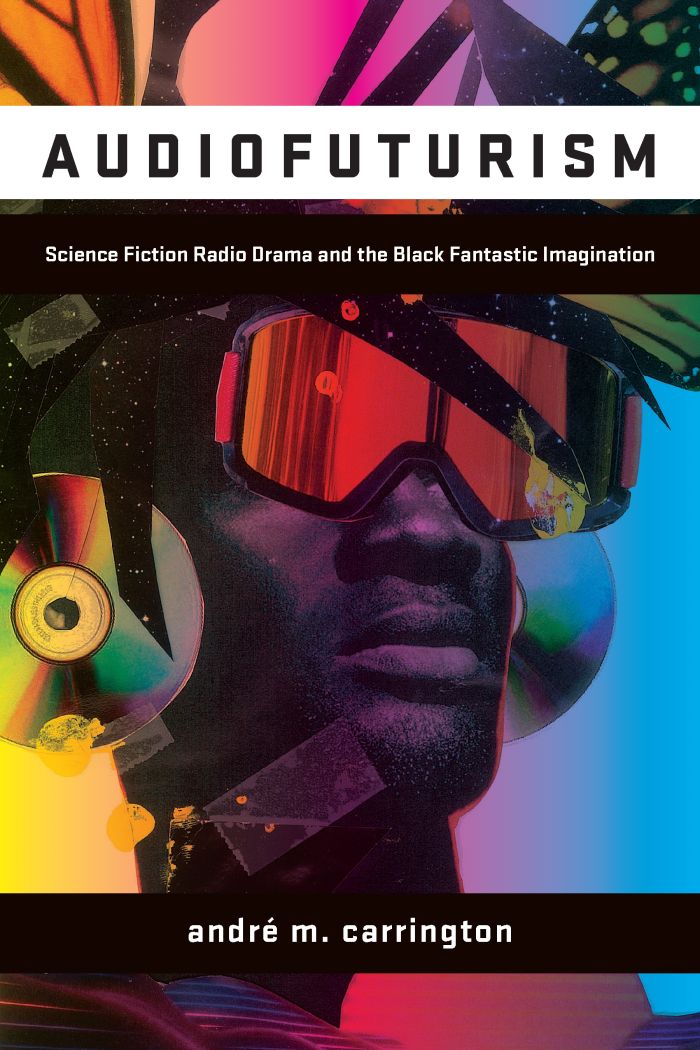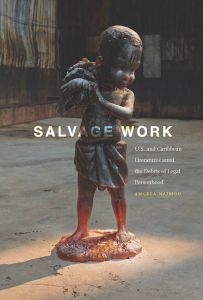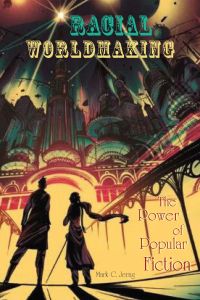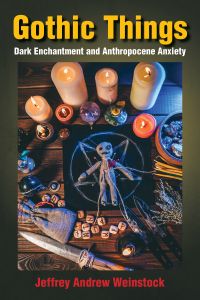Save 25% plus free shipping during our Winter Sale! Use promo code JOY2025. Expires 1/5/26.
Audiofuturism
Science Fiction Radio Drama and the Black Fantastic Imagination

This book can be opened with

A revelatory history of Black radio productions from the 1950s to the present
Audiofuturism uncovers the vibrant, overlooked history of radio adaptations that placed Black speculative writing before mass audiences, showing how sound shaped the politics and pleasures of twentieth and twenty-first century culture. While adaptation studies has long privileged film and sound studies has centered Black music, andré m. carrington redirects attention to radio drama to demonstrate how performance translates the Black fantastic imagination into an audible cultural heritage. Drawing on scripts, surviving recordings, production files, and author archives, the book reconstructs how radio made listeners hear literature differently and how those sonic interpretations reverberate through American Studies, media history, and Black literary traditions.
Organized as a scan across the dial, the study moves from World War II to the digital age. It begins with New World A-Coming, a wartime series inspired by Roi Ottley that folded antiracist reporting and Popular Front ideals into weekly dramatizations aligned with the Black press’s Double Victory campaign against fascism at home and abroad. It then tunes to bohemian 1960s New York, where Samuel R. Delany’s “The Star-Pit” became a striking radio play in which voice, silence, and experimental effects stage queer futurity. The book next considers the 2002 Seeing Ear Theatre adaptation of Octavia E. Butler’s Kindred, showing how audible epigraphs drawn from enslaved women’s narratives converse with Butler’s negotiations over dramatic audio rights, and how performance intensifies the novel’s reckoning with slavery and memory. Finally, Audiofuturism listens to the BBC’s 2016 adaptation of Toni Morrison’s Beloved, written by Patricia Cumper, to track how Black British theatre traditions and national broadcasting reshape a canonical American ghost story for twenty-first century ears.
Across these case studies, carrington shows how radio dramatists and authors collaborated, compromised, and innovated to make speculative literature speak. The result is a fresh account of adaptation that enlarges the archive of Black sound, reframes radio as a site of cultural world-making, and invites scholars and general readers to listen again to the past in order to imagine different futures.
An indispensable contribution to the study of Black speculative production.—Reynaldo Anderson, co-editor of Afrofuturism 2.0: The Rise of Astro-Blackness
Meticulous and exciting, Audiofuturism fills in a major gap in the history science fiction, radio dramas, the Jim Crow era, and speculative Black studies.—Shanté Paradigm Smalls, author of Hip Hop Heresies: Queer Aesthetics in New York City




